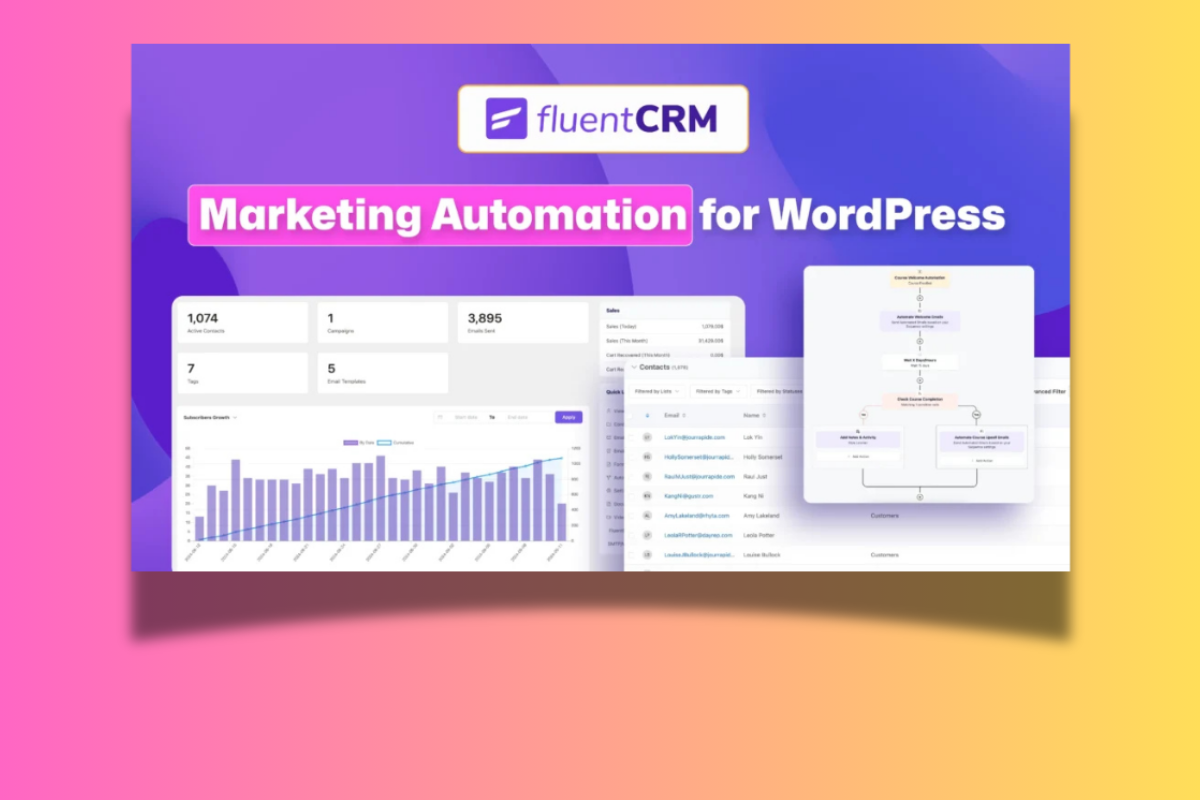That’s not a typo. That’s what well-run, SEO-driven content marketing actually delivers, especially in B2B, tech, and service-based industries.
And yet? Most businesses are too busy chasing the next shiny marketing tool to see the long game playing out right in front of them. Or, they’ve been following the wrong people and have been drinking the SEO is Dead Kool-Aid.
Either way, if you’re a business-owner it’s time to get yourself reacquainted with good ol’ fashioned content marketing, the lifeblood of the vast majority of sales made on the internet since the 1990s…
If You’re A Small Business or SME, You Really Need To Start Caring About Content

Rather than bore you with tales from our clients or a history lesson about the role of content as the key driving factor behind most lead-gen and product sales online, let’s instead focus on the stats.
Across industries, SEO-led content marketing delivers an average 825% ROI. That’s $8 back for every dollar spent over three years.
Try getting that from paid ads, which stop working the second your budget runs dry.
In the B2B tech and SaaS space, a 5:1 return is a solid benchmark for every dollar spent on content marketing; that’s $5 in revenue for every $1 spent. All from publishing content that ranks, attracts, and converts on autopilot.
Blogs, landing pages, guides, and case studies are still king, because they keep working after you hit “publish.”
Not for a week. Not for a month. But for years, picking up new leads, customers, and sales while you sleep and the best part? It does all of this for free and on autopilot.
B2B brands that run effective content marketing campaigns generate 67% more leads than those that don’t. They also see up to 13x more ROI from their marketing spend.
You Don’t Need a Big Team, Either. You Need a Smart Strategy
“But we’re just a small team,” you might say. “We don’t have the resources.” I get it, we’re a small team too. But there comes a time when you have to admit that there are some things you just cannot do.
And when you find an area in your business where you’re lacking expertise, the solution is simple: you find someone who can do it which, for most small businesses, means you outsource it.
Just make sure you don’t fall into the AI content trap. Yes, AI can write content and, yes it can do it for very little money. Is it any good, though? For the most part, no. The content is thin, it lacks depth, and something like 80% of people can spot it a mile off.
Great content marketing works best when it creates a positive experience for customers.
Although this may sound a bit obvious, a positive experience can be hard to come by.
Without the proper insights into a customer’s pain points, it’s easy to make assumptions or create content that is too company focused.
Content brings value in a way that a salesperson cannot, as you will be providing information without asking for anything immediately back in return.
You don’t want people making that association with your brand; that you’re too cheap to invest in quality content to promote your product or service that you expect people to pay for. You see conflict of interest there?
But even if you’re doing content the good old fashioned way with humans, that’s not a guaranteed recipe for success. You have to know what you’re doing and who you’re targeting; this is done via smart keyword research strategies and lots of planning and testing.
Most small businesses churn out half-baked blog posts, with little to no thought about its purpose and goal, and then complain that content “doesn’t work.” This is the number one issue we come across when talking to new clients:
I’ve tried content marketing before, it didn’t work.
Content always works when it is done correctly, and all content needs to serve a purpose. Fail to hit the marks and your content will fall flat on its face. It’s not content marketing that isn’t working, it’s your content.
And that’s easy to fix.
What Does A Smart Content Marketing Plan Look Like?

A good content marketing plan takes into account what you do or sell, who your ideal customer is, their pain points, and it goes from there.
You build a persona, an avatar of your perfect customer, and the content is created for them.
When you know who you’re writing for, who you’re targeting, you know exactly what keywords to target.
You know what questions your potential customers or clients are Googling at 2 a.m., and how to create content that not only speaks to them but also engages them to do something about their problem
This is how you build the machine.
And when the machine is being built, you test, track and analyze everything.
You get data, feedback, CTR figures.
From here, you can then optimize and spot what works and what doesn’t.
Wanna know something crazy? 57% of B2B companies don’t track anything. Just set it and forget it.
This is bonkers.
But is likely the number one reason why so many companies struggle with poor performing content.
If content isn’t working for you, pulling in traffic, and converting, it has no right being published.
We call this zombie content; it’s alive and published but doesn’t rank, so it’s dead weight.
Content like this needs to be killed (410), redirected, or, if through some miracle it has acquired some backlinks, updated to actually capture the search intent properly.
The ROI On Content Marketing Too Good To Miss Out On

If you’re still wondering whether content marketing is worth it, the market’s already answered.
Your competitors are using it to rank, convert, and scale while you’re worried about SEO being dead or ruminating about whether or not to start doing TikTok.
The fact of the matter is simple: upwards of 90% of search is done via Google and other search engines, and people that want to buy goods and services tend to do it through Google or Bing.
If you’re a small business and you have a good product and you’re not doing content market, you’re basically leaving piles of money on the floor for someone else to pick up.
And like I said in the intro: the ROI on content market is ridiculous; it’s a force of nature akin to compounding interest.
You spend a little, you scale, and pretty soon you’re making more per month than you ever thought possible.
All it takes is some careful planning, good content (no AI slop), and thorough on-going analysis of the data to fine-tune the strategy and isolate what works.
Book a free consult with OPTIMALSAUCE. We’ll audit your current content (if you have any), show you where the ROI is hiding, and build a strategy that’s lean, effective, and ROI-obsessed.
Or keep doing nothing. And watch your competitors win Google, one blog post at a time.


